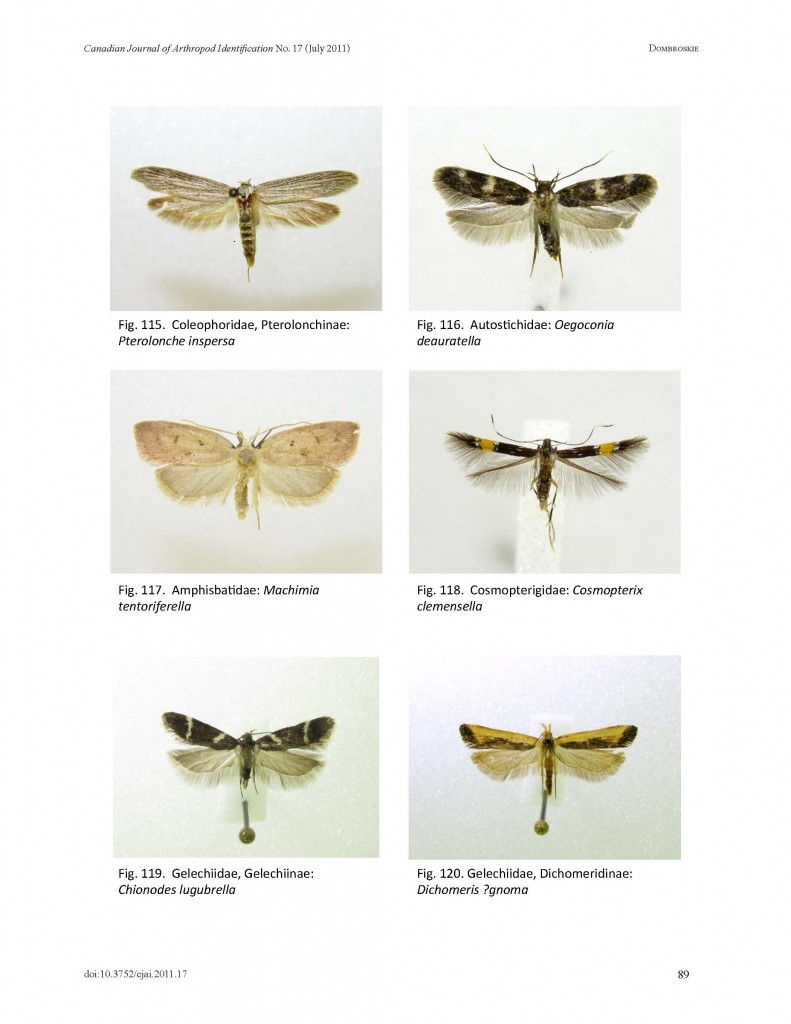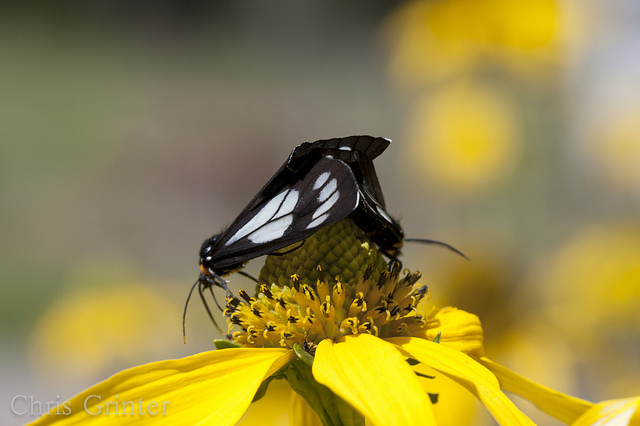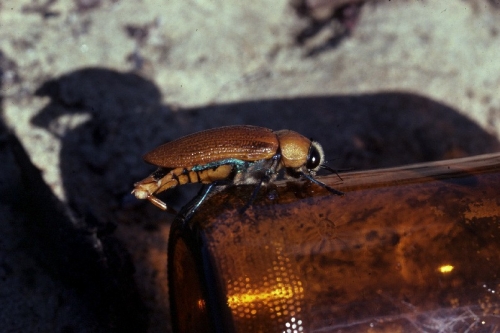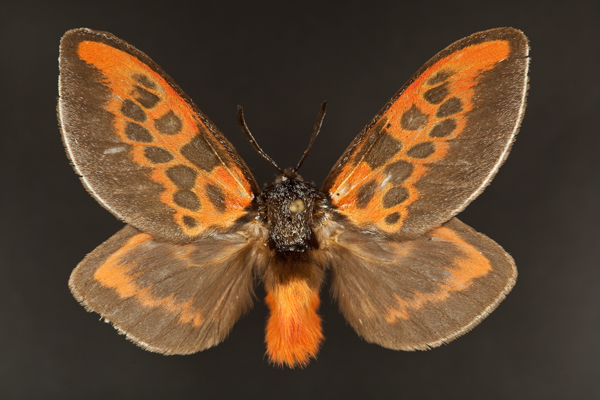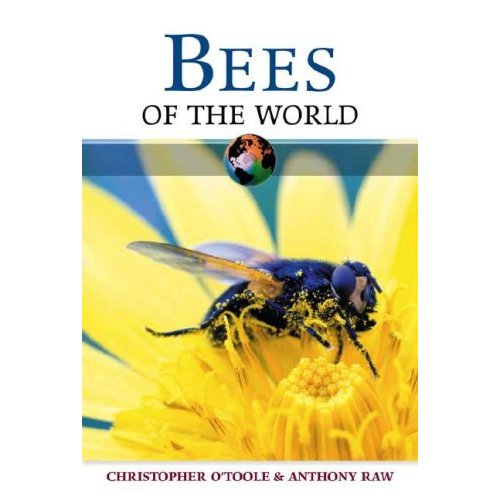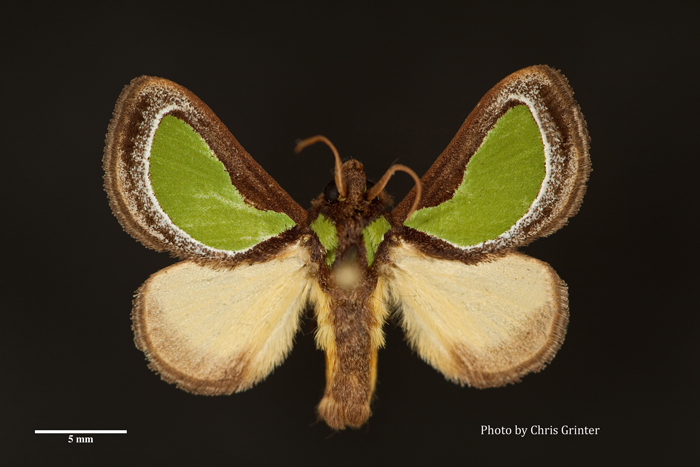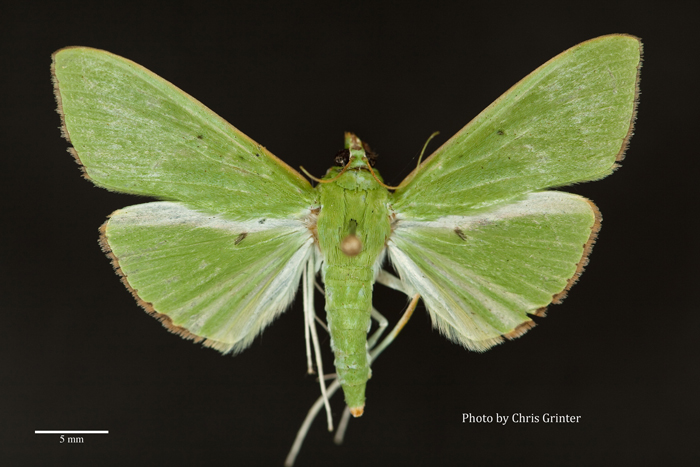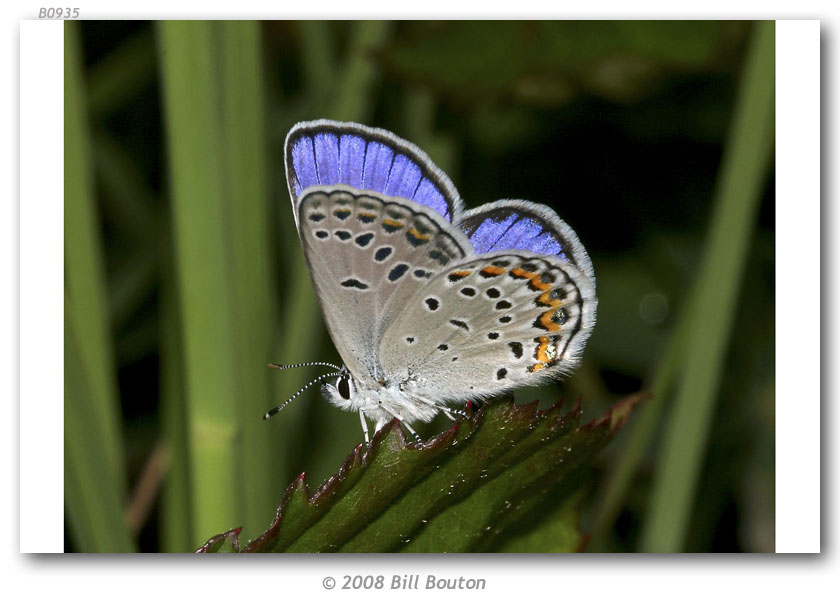A few months ago a magnificent key to the Lepidoptera of Canada (તે બધા) was published by Jason Dombroskie – યુ થી પીએચડી વિદ્યાર્થી. આલ્બર્ટા. પ્રોગ્રામ ફક્ત વિંડોઝ વપરાશકર્તાઓ માટે ઉપલબ્ધ છે તેથી મને તેને શોધવાની સારી તક મળી નથી – but the PDF is available online and covers the same material. All known Canadian Lepidoptera are included in this key and most of them down to subfamily or even tribe! ત્યાં છે 222 taxa, 73 characters and 266 character states that help narrow things down. This is the first reference of its kind to accurately and completely cover the fauna of an entire country and the first to use a well illustrated and interactive key. It’s surprising how well known the leps are yet how few good references exist, almost none of which have a usable key. For everyone out there who has struggled to identify leps before this will be an incredibly helpful resource. મંજૂર, there are likely a few US moths that could throw a wrench into the flow of things, but by and large I doubt there will be many problems.
|
This Monday moth is an Arctiinae, Gnophaela vermiculata. These beautiful day flying moths were abundant on yellow Helianthus flowers around 9000′ in the Santa Fe National Forest, New Mexico. Caterpillars feed on bluebells, but the adults prefer the highest quality nectar source in the area – which fortunately makes for easy and attractive photo subjects. આજે ફિઝિક્સ ઇતિહાસમાં એક ઉદાસી દિવસ ચિહ્નિત કરે છે, જો ટ્વાટ્રોન બાટાવિયા ઇલિનોઇસમાં ફર્મી લેબમાં એક્સિલરેટર નીચે સંચાલિત હતું છેલ્લી વખત. વિશ્વના બીજા સૌથી વધુ શક્તિશાળી પ્રવેગક એકવાર (અને યુએસએ સંયુક્ત માં સૌથી વધુ શક્તિશાળી), નવું એલ.એચ.સી. આ સુંદર મશીનને અપ્રચલિત બનાવ્યું છે. હું ફક્ત એમ માની શકું છું કે ફર્મીમાં કામ કરતા વૈજ્ .ાનિકોની ટીમો વધુ ભંડોળ માટે આશાવાદી હતી, પરંતુ ભવ્ય ઓલ’ મોટા બજેટ ભૌતિકશાસ્ત્રના દિવસો કોંગ્રેસ દ્વારા કચડી નાખવામાં આવ્યા હતા 1993 રદ સાથે એસ.એસ.સી.. યુરોપથી અમારા ભૌતિકશાસ્ત્રીઓ જાય છે! મારી પાસે મારા ગ્રેડ સ્કૂલ સાયન્સ ક્લાસ સાથે ફર્મીની મુલાકાત લેવાની ઘણી પસંદીદા યાદો છે. દર વર્ષે શ્રી. ઘર અમને લેબની આસપાસના ભૌતિકશાસ્ત્ર અને પ્રકૃતિનું અન્વેષણ કરવા માટે લઈ જશે. જ્યારે તમે વાસ્તવિક કાર્યકારી લેબની મુલાકાત લીધી ત્યારે મને વિશેષાધિકારની લાગણી યાદ આવે છે જ્યાં સુંદર ગોગલી આઇડ અણુઓ સાથે કોઈ જાહેર ડિસ્પ્લે ન હતા, ફક્ત ચાક બોર્ડ્સ, ફેનમેન આકૃતિઓથી ભરેલા અને 3 કોફીના જૂના કપ. પરંતુ તે કદાચ સંપૂર્ણ પુન restored સ્થાપિત મોટા બ્લુસ્ટેમ પ્રેરી હતી જે આજુબાજુ અને આજુબાજુ વધી હતી 4 માઇલ કોલિડર રિંગ હતી જ્યાં મને સૌથી વધુ મજા આવી અને તે જ મારી વૈજ્ .ાનિક કારકિર્દી પર કાયમી અસર છોડી. અને તેથી તે જાય છે, યુ.એસ. માં વિજ્ of ાનનું ઉત્ક્રાંતિ. મેં આ ખાસ વલણ જોયું છે: 1) ઘણા બધા સંશોધન સાથેની સક્રિય વિજ્ .ાન સુવિધામાં જાહેર પ્રવાસ માટે એક નાનું સંગ્રહાલય છે. 2) સંશોધન ભંડોળ ગુમાવે છે અને નાનું સંગ્રહાલય સંભાળે છે. 3) સંગ્રહાલયનું વધુ નવીનીકરણ કરવામાં આવ્યું છે “કુટુંબ” મૈત્રીપૂર્ણ અને “ક્રમાંકિત”, જ્યારે વિજ્ .ાનને ભોંયરામાં ધકેલી દેવામાં આવે છે. 4) જે પણ વૈજ્ entists ાનિકો બાકી છે (અથવા વિદ્યાર્થીઓએ વૈજ્ scientists ાનિકોની જેમ કામ કરવા માટે ભાડે લીધા છે) વિચિત્ર જીવોની જેમ લોકો જોવા માટે ગ્લાસ હેઠળ મૂકવામાં આવે છે; બધા જ્યારે સાચા સંશોધન મેમરીમાં ઝાંખા પડે છે. આ 2011 આઇજી નોબેલ સમારોહ હાર્વર્ડના સેન્ડર્સ થિયેટર ખાતે સ્થળ ગઇકાલે લીધો. આ એવોર્ડ અસંભવ સંશોધન દ્વારા પ્રાયોજિત છે, રસપ્રદ ભેગી કે જે સંસ્થા, વિચિત્ર, અને બધા વિજ્ઞાન કંટાળાજનક છે, તે વિચાર વિજય કે સંપૂર્ણ આનંદી સંશોધન પેપર્સ. આ વર્ષે પ્રતિષ્ઠિત પ્રાપ્તિકર્તાઓ વચ્ચે સાથી કીટજ્ઞ અને બ્લોગર હતી ડેવિડ Rentz, જે માટે જૈવિકમાં IgNobel પ્રાપ્ત શોધ કરવામાં 1983 ઓસ્ટ્રેલિયન અંતરિયાળ વિસ્તાર માં સાથીદાર ડેરિલ Gwynne સાથે. બેઝ ખાતે indentations સાથે ભુરો બોટલ તેમના આશ્ચર્યની ખૂબ ચોક્કસ શૈલી (“Stubbies”) Buprestid ભમરો પુરુષની અનિવાર્ય સાબિત થઈ
અભિનંદન દવે અને ડેરિલ!
[youtube kZyIN23Cy4Y 480 360] The microscopic insect world is a very different one from ours and we rarely are given glimpses into it. Thanks in part to the impressive Phantom camera system and the Flight Artists project researchers have filmed the minute (1મી.મી.!) Trichogramma wasp (Chalcidoidea) in flight. These insects are egg parasites of Lepidoptera (amongst other groups undoubtedly) and can be used as effective biocontrol agents. As you’ll see in the video it’s been long understood that these wasps hitchhike on adult Lepidoptera waiting for fresh eggs, but it wasn’t know how they got there and if they were even flying onto the adult hosts. Stunningly, this wasp flaps its wings at ~350 times per second to achieve some astounding feats of movement. The biomechanics of this wing mechanism must be fascinating. Scroll ahead to 1:07 and watch the interaction of the two wasps – the one that flips off to the left of the screen moves in such a bizarre way it looks like bad CGI. I sure hope they record more species of minute flying insects!
This Monday moth is a stunning female of the Neotropical Megalopygidae – Trosia nigrorufa. Ed Ross and Ev Schlinger collected this specimen in Peru in 1955, and I’ve heard many stories about these epic expeditions. I can’t really imagine travelling via cargo ship, being gone for six or more months at a time and relying mostly on hand written correspondance. It must have made the world feel like a much larger place than it is today. This is a pretty epic fail. હું ધારી “યુવાન પુખ્ત” પ્રકાશન માર્ગદર્શિકા સાથે ઓછી કડક છે “હકીકતો”.
Thanks to Richard Lee Brown for first posting this on Facebook.
આપણે બધાએ આ દિવસ આવતો જોયો, પતંગિયાઓનો ઉદય, જે દિવસે તેઓ આપણી સામે વેર લેશે. તેઓ હવે નિષ્ક્રિયપણે તેમના રહેઠાણોની આસપાસ ઉડશે નહીં કારણ કે તેઓ મોલ્સ માટે બુલડોઝ્ડ છે અને વહેવાથી પ્રદૂષિત છે. એક ખાસ કરીને નારાજ કર્નર બ્લુએ સબમિટ કર્યું છે ડુંગળીને પત્ર અમને ચેતવણી આપે છે કે અમારો સમય પૂરો થવા આવ્યો છે. ભયંકર નાનો Lycaenidae હાથ જોડીને અમારી પાછળ આવશે જ્યારે અમે અમારા પથારીમાં સૂતા હોઈએ ત્યારે થોડી શાંત રાત. અમે લેપિડોપ્ટેરિસ્ટ પર’ સોસાયટીએ પગલાં લેવામાં નિષ્ફળતા માટે તેમની યાદી પણ બનાવી છે. બહુ મોડું થાય તે પહેલાં આપણે સાથે મળીને કાર્ય કરવું જોઈએ – ચાલો બ્લૂઝના ઉદય પહેલા પ્રીમેપ્ટિવલી પ્રહાર કરીએ. તમારા પરિવારોને બચાવો! તે સ્ટાયરોફોમ કન્ટેનરને બાળી નાખો, પ્રેયરીઝ મોકળો, તમારા ઑફ-રોડ વાહનો ચલાવો અને આ ફફડાટ ફેલાવતા કટ્ટરપંથીઓ સામે સ્ટેન્ડ લો! (અથવા અમે ફક્ત કરી શકીએ છીએ તેમને બચાવો…) There has been a continuing discussion over the last few years of why so few women remain in science. While I’m not going to dive into that topic here, you can find great discussions અહીં, અહીં, અહીં અને અહીં. I don’t however think anyone argues about why women don’t enter science in the first place, especially when you see things like this. Way to print that soul crushing stereotype right on the front of your daughters shirt, JCPenny. (મારફતે Skepchick) |
નાસ્તિકતા |
